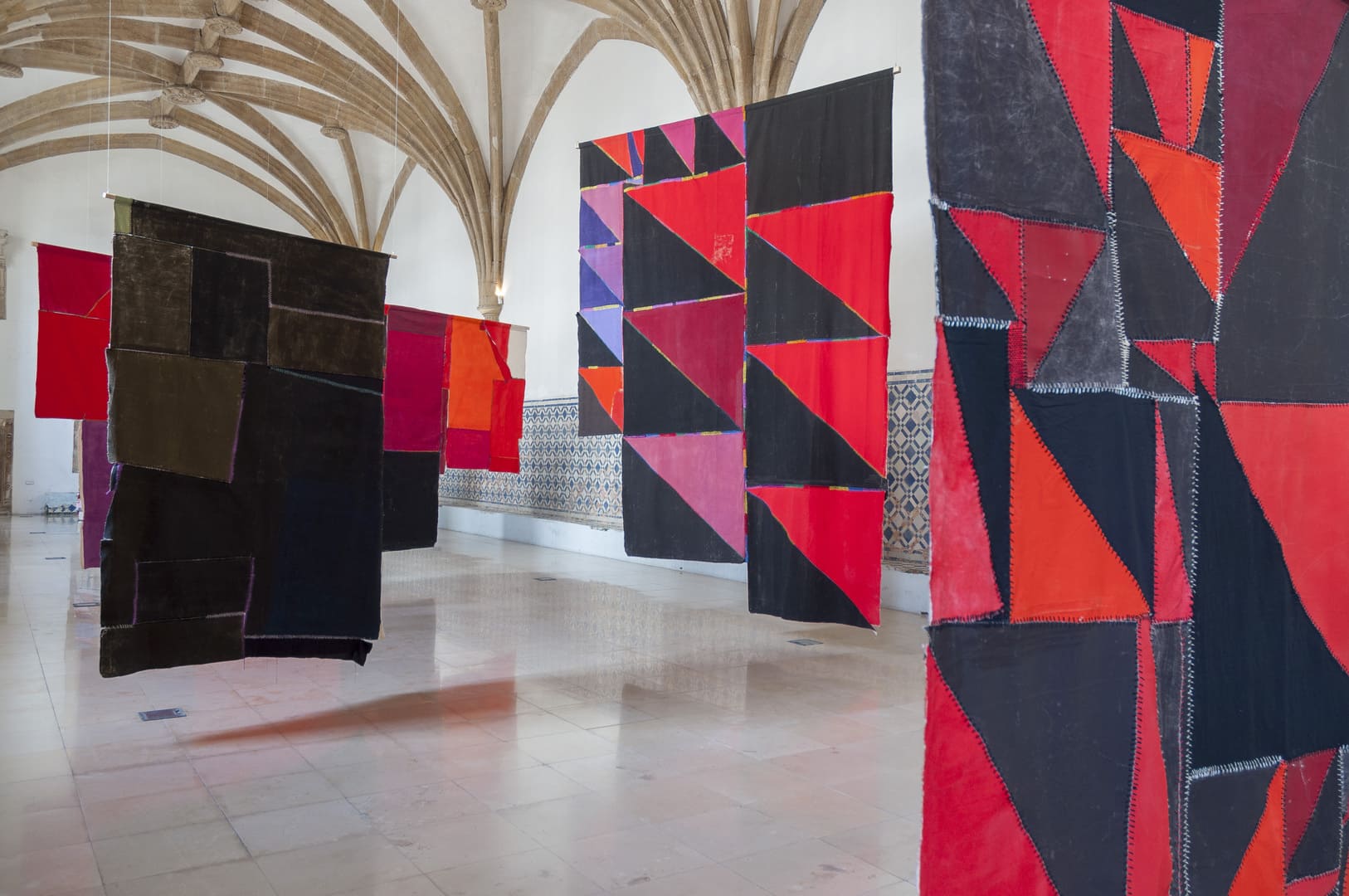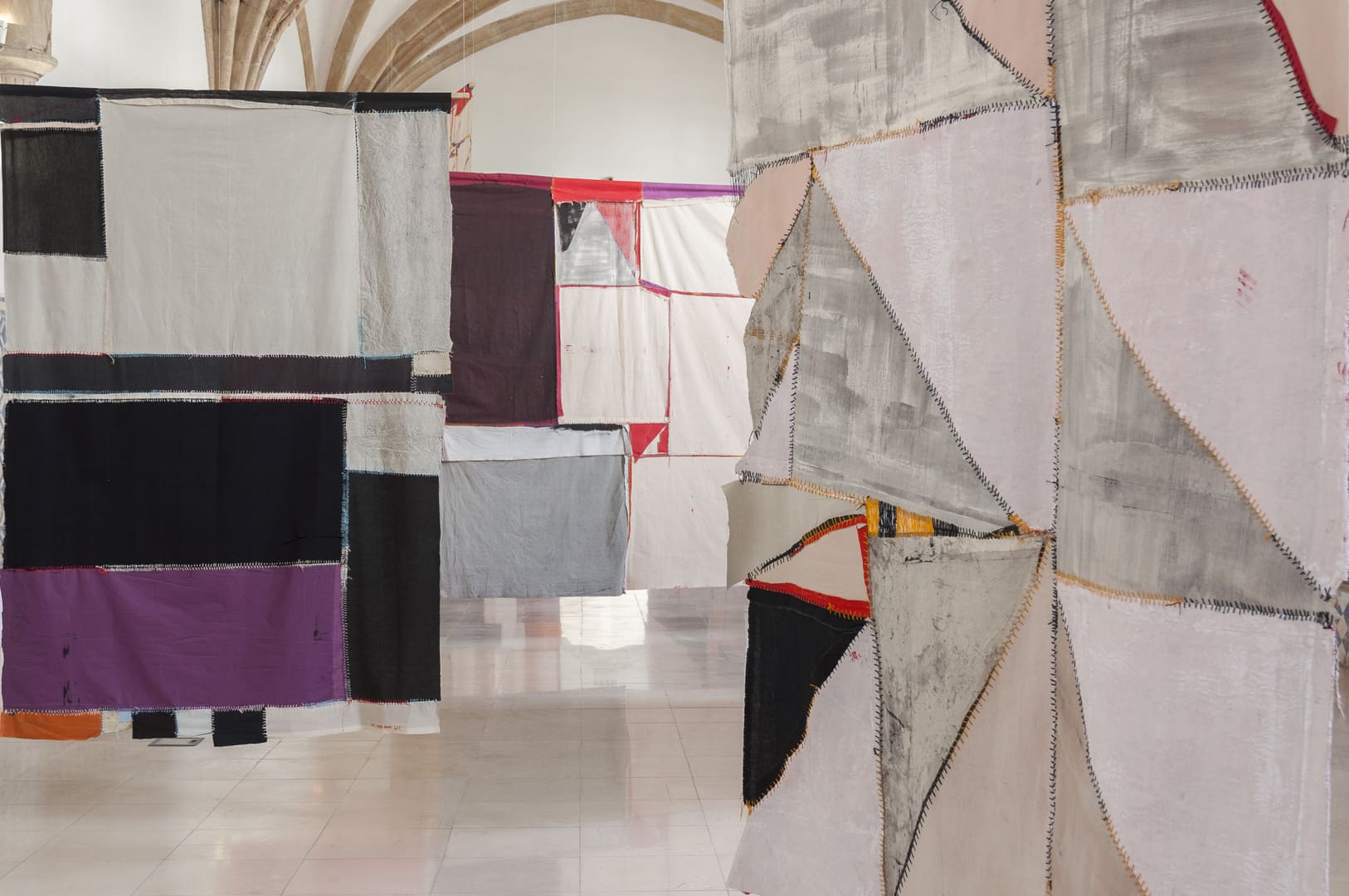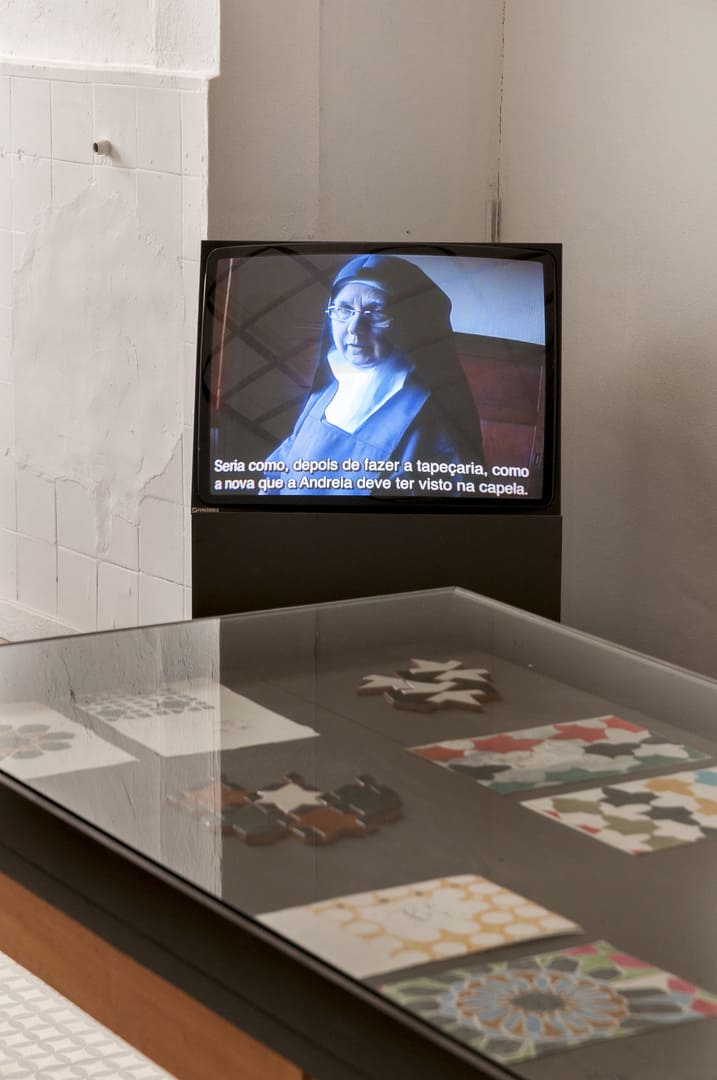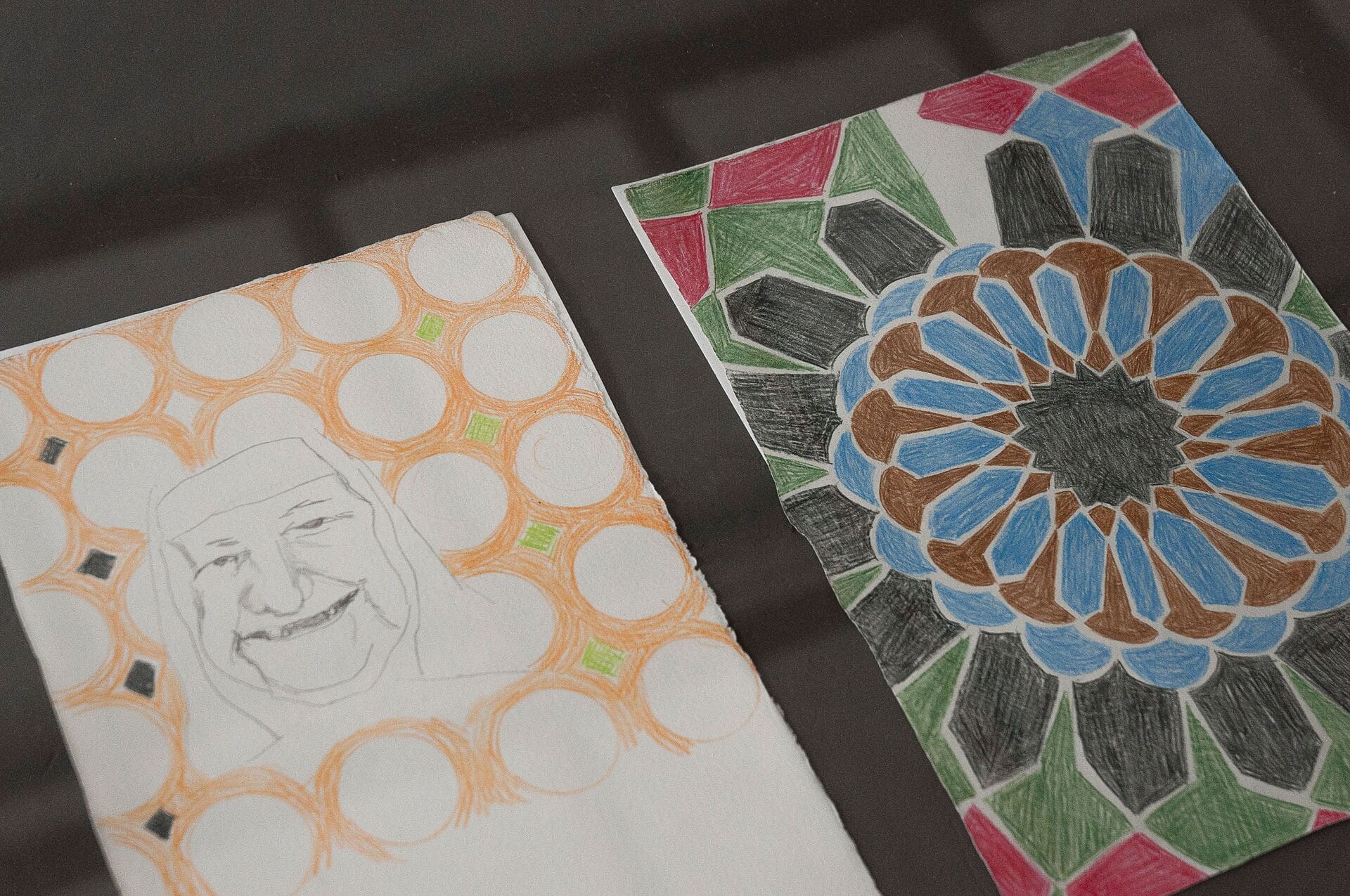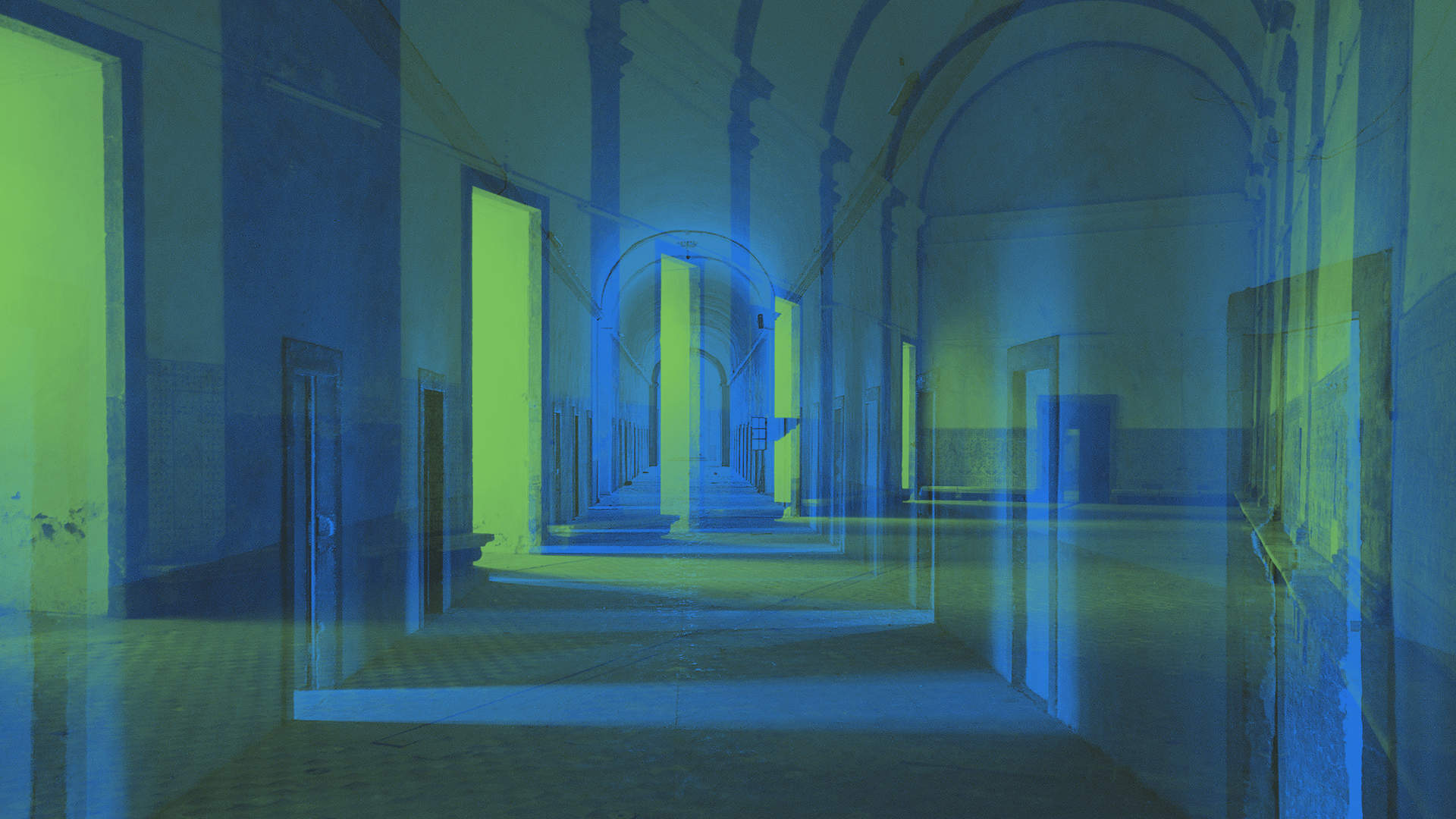Teresa
Lanceta
Teresa Lanceta



Spain, 1951
Since the 1970s, Teresa Lanceta (Barcelona, Spain, 1951) has dedicated her artistic practice mainly to weaving, a technique through which she builds large-scale installations. In the continuous movements of repetition and the hypnotic introspection of the loom, she creates an experience of a prolonged time — in which the stories of the people she has met over the years, the knowledge passed down through Berber women and some aspects of her own identity are skilfully woven together.
Teresa Lanceta’s traditionally feminine craft and proximity to the peoples of the Middle Atlas are imprinted in her work and raise questions about ancestry, popular cultural traditions, the relationship between gender and labour and the importance of the verbal heritage passed down in peoples’ histories. They also challenge the Eurocentric view of art, demonstrating the importance of valuing folk knowledge and techniques. At the heart of her work, weaving reveals itself as a way of communicating and metaphorically creating a sense of universality and sharing. In this way, the artist uses fabric, painting, and writing to build relationships with others across time and borders.
SALA DA CIDADE
El Raval, 2019–2021
Cortesia da artista e 1 Mira Madrid Gallery.
In 1969, Teresa Lanceta settled in the Raval — at the time, a central Barcelona neighbourhood inhabited mainly by the working classes, gipsies and immigrants from other Spanish regions. She lived there until 1985, in contact with bohemia and flamenco culture, during a period marked by the end of the Franco dictatorship and the beginning of the fragile and incomplete democratic transition. Between 2019 and 2021, the artist revived her affectionate imagery of the Raval neighbourhood by producing canvases and texts that reflect the years she lived there. In the Biennial, a group of works that make up the El Raval series will be presented in the Sala da Cidade, seeking to establish a dialogue between historical moments that, despite the differences in their democratisation processes, invoke phantoms Spain and Portugal have in common — remembering that some of our present problems are the reflections of that shared past.
MOSTEIRO DE SANTA CLARA-A-NOVA
La alfombra española
1. Clara 8, série Claras, 2018
Lápis sobre papel
2. Clara 3, série Claras, 2018
Lápis sobre papel
3. Clara 7, série Claras, 2018
Lápis sobre papel
4. Ornamento #9, série Ornamento
Lápis sobre papel
5. Ornamento #3, série Ornamento
Lápis sobre papel
6. Ornamento #6, série Ornamento
Lápis sobre papel
7. Ornamento #2, série Ornamento
Lápis sobre papel
8. Ornamento #7, série Ornamento
Lápis sobre papel
9. Clara #2, série Claras, s.d.
Lápis de cor sobre papel
10. Clara #9, série Claras, 2018
Lápis de cor sobre papel
11. Clara #10, série Claras, s.d.
Lápis de cor sobre papel
12. Sin Título, série La alfombra española, 2018
Cerâmica, medidas variáveis
13. Sin Título, série La alfombra española, 2018
Cerâmica, medidas variáveis
14. Sin Título, série La alfombra española, 2018
Cerâmica, medidas variáveis
Cortesia da artista e 1 Mira Madrid Gallery.
In the 15th century, mainly in the territories of Albacete and Cuenca, a significant carpet-making industry of Islamic inspiration and execution remained active during the Christian occupation. Produced by hand, the carpets were acquired “by the families of the warlords, who, while expelling the Muslim peoples, bought these objects from them”. Depicting Christian shields and motifs, they reveal the cultural domination to which their artisans were subjected.
In 2004, under the title La alfombra española, Teresa Lanceta began a series of works that revived this historical passage. From an original set of drawings and ceramic pieces, the series was expanded in 2018, bringing back the ornamental motifs traditionally featured in 15th-century carpets, including portraits that evoke the figures of the Poor Clares of the Order of St Clare (Palencia). This group of works highlights the contradictions between the strict vow of poverty and the rich material heritage maintained by the Order. As part of this biennial, one of the rooms in the Monastery of Santa Clara-a-Nova is hosting some of the works that make up La alfombra española, showing the ghosts of a historical process that is “testimony to a culture that was defeated”, but which, “while it lasted, shone with a light of its own”.
Teresa Lanceta lives in Mutxamel, Alicante. Her work has been exhibited in various national and international institutions, including: Museo Nacional Centro de Arte Reina Sofia, Fundação Bienal de São Paulo, La Biennale di Venezia, Museu d’Art Contemporani de Barcelona, Institut Valencià d’Art Modern, Los Angeles County Museum of Art, Cairo Biennale, Bergen Assembly, La Casa Encendida, Azkuna Zentroa, Württembergischer Kunstverein, Fundación Cerezales Antonino y Cinia and Museu Tèxtil i d’Indumentària.
